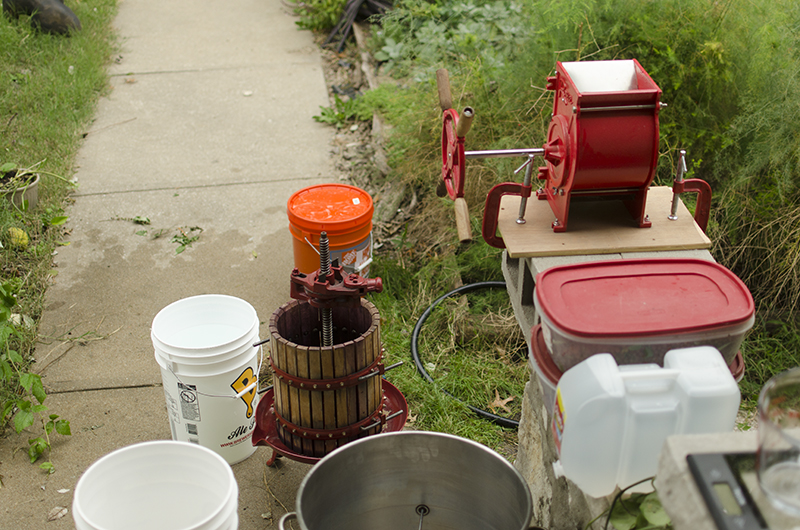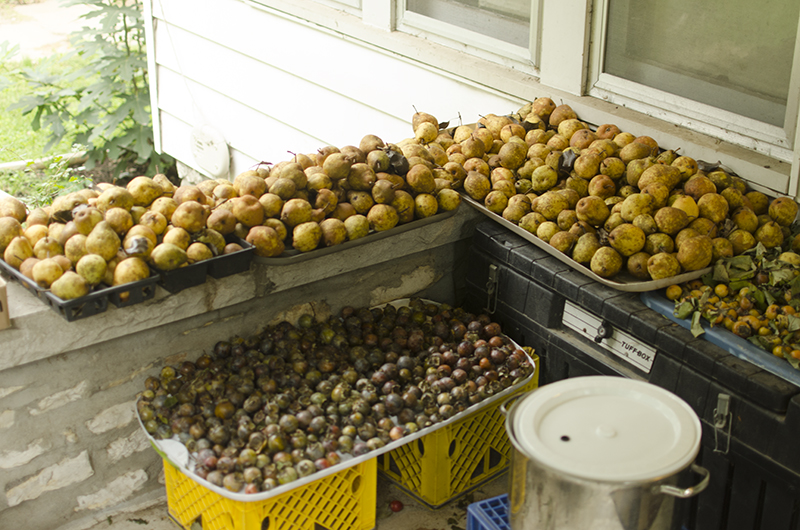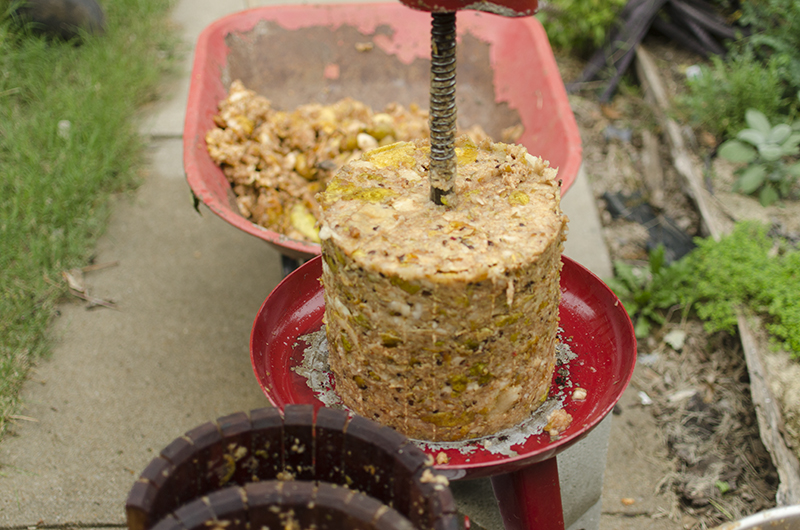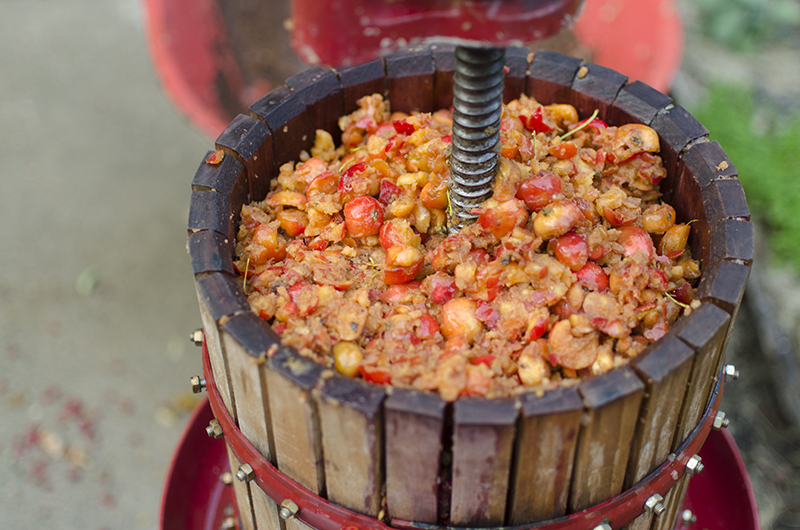Search Lobsterland
Monday, October 24, 2016
Pressing Day
So I'd been meaning to do this for a while. Years really. I've had a cider mill and press on my to-buy list for twenty years or more. But it turns out you can rent them. And, the week your daughter gets married and you're working insane hours at your day job, your wife can commit to renting it on a day you should probably commit to whimpering in your sleep.
Said wife had also gathered bushels of pears, crabapples, quinces, persimmons, autumn olive and so on to contribute to the festival of fermentation. Then she booked an out of town conference so I got to deal with this stuff on my own. Which I have to say was actually a relief because we have enough contrary notions about how to handle such things it probably would have ended up a fight. It kind of was after the fact actually, as the mill and press was less efficient at extracting good juice than either of us would have expected.
I think in hindsight we should have rented the mill by itself, pulverized fruit as best we could, hit it with Campden tablets and then a day later with yeast. Let it ferment as fruit, on the skins and rent the press the next weekend. The skins would have contributed more tannin, the fruit would have given up more liquid, etc.
As it is, I had about 15 gallons of crushed pears that yielded only 4-1/2 gallons of juice. This I added honey to until I had an original gravity of 1.123 and then pitched that with 15 grams of Lalvin 71B-1122 yeast rehydrated with GoFerm and whatnot. The second fermenter got probably a half gallon or so of the pear, a half gallon off the crabapples, and about a gallon and a half from the autumn olive. Topped that up with three gallons of Louisburg Cider (pasteurized dessert apple juice), and pitched with the same after adding about 12 pounds of honey to get it up to 1.120 O.G.
The whole Piatz method for making mead is new to me. I've made mead for almost 20 years but the methods I've used I have lately come to question harshly. The GoFerm rehydration (and even using dried yeast) is alien to me. As is degassing the must, generally messing around with it during the primary so much, the staggered nutrient additions, etc.
But then, I used to be the guy who made meads that won ribbons and medals and when I went to judge the entries were poison until proven otherwise. Things have changed, I've judged meads that were better than any I've ever made and they haven't even placed. And a lot of those meads were made with the methodology from Steve Piatz's book.
I can tell you from tasting as it's gone through it's eight day stirring sessions and frequent hydrometer readings, the autumn olive batch may be the clear winner. Autumn Olive is a lot like currant, as far as flavor and such. Couple that with the crabapple and I think even with pressing the fruit fresh instead of fermenting on the skin, we'll have some nice tannin contributions. Couple that with some nice, tart acidity and you have a winner.
Labels:
Carpe Brewski
Subscribe to:
Post Comments (Atom)





















No comments:
Post a Comment